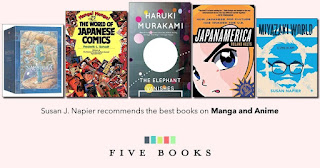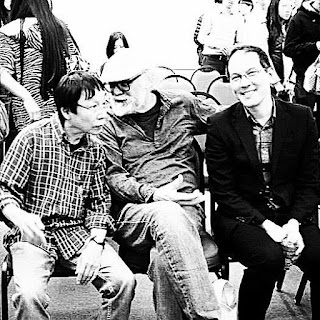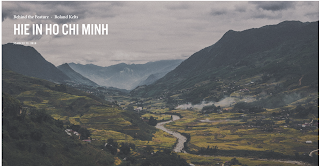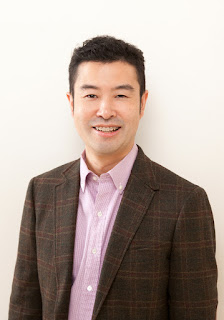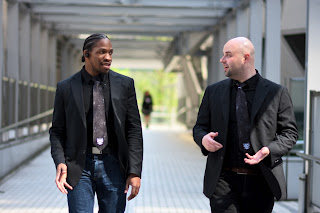Writer, scholar, editor and cultural critic Roland Kelts is the author of the critically acclaimed and bestselling book, JAPANAMERICA: HOW JAPANESE POP CULTURE HAS INVADED THE U.S. His writing is published in the US, Europe and Japan in The New Yorker, The Guardian, The Wall Street Journal, The New York Times, Time Magazine, Harper’s Magazine, The Japan Times and many others. He contributes commentary on Japan to CNN, the BBC, NPR and Japan’s NHK, and gives talks at venues worldwide, including The World Economic Forum, TED Talks, Harvard University, the University of California, the University of Tokyo, the Singapore Writers Festival and several anime conventions across the United States. He has interviewed several notable Japanese artists, including Hayao Miyazaki and Haruki Murakami, and is considered an authority on Japanese culture and media. Kelts has won a Jacob K. Javits Fellowship Award in Writing at Columbia University and a Nieman Fellowship in Journalism at Har
